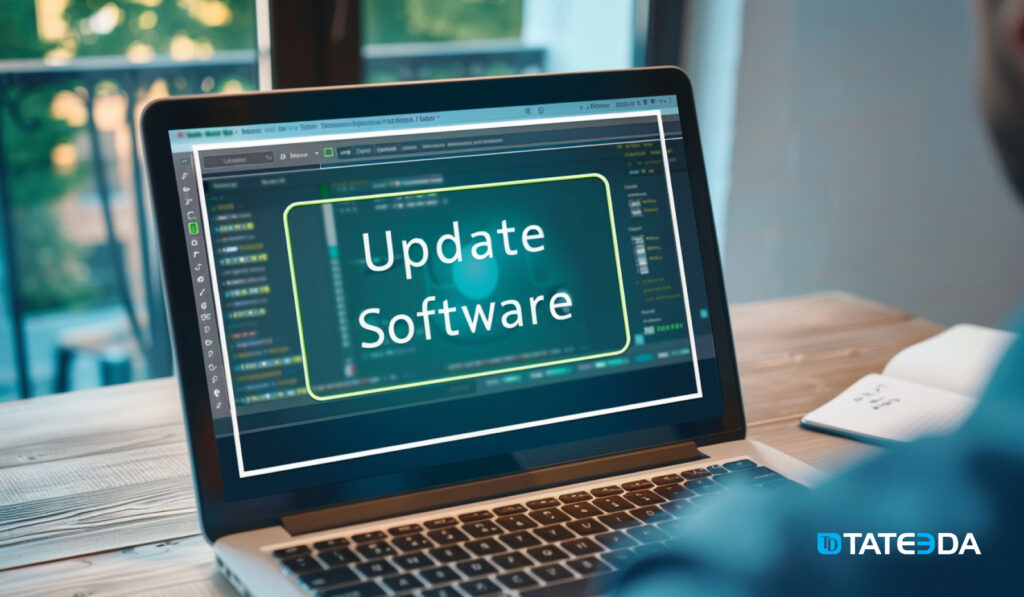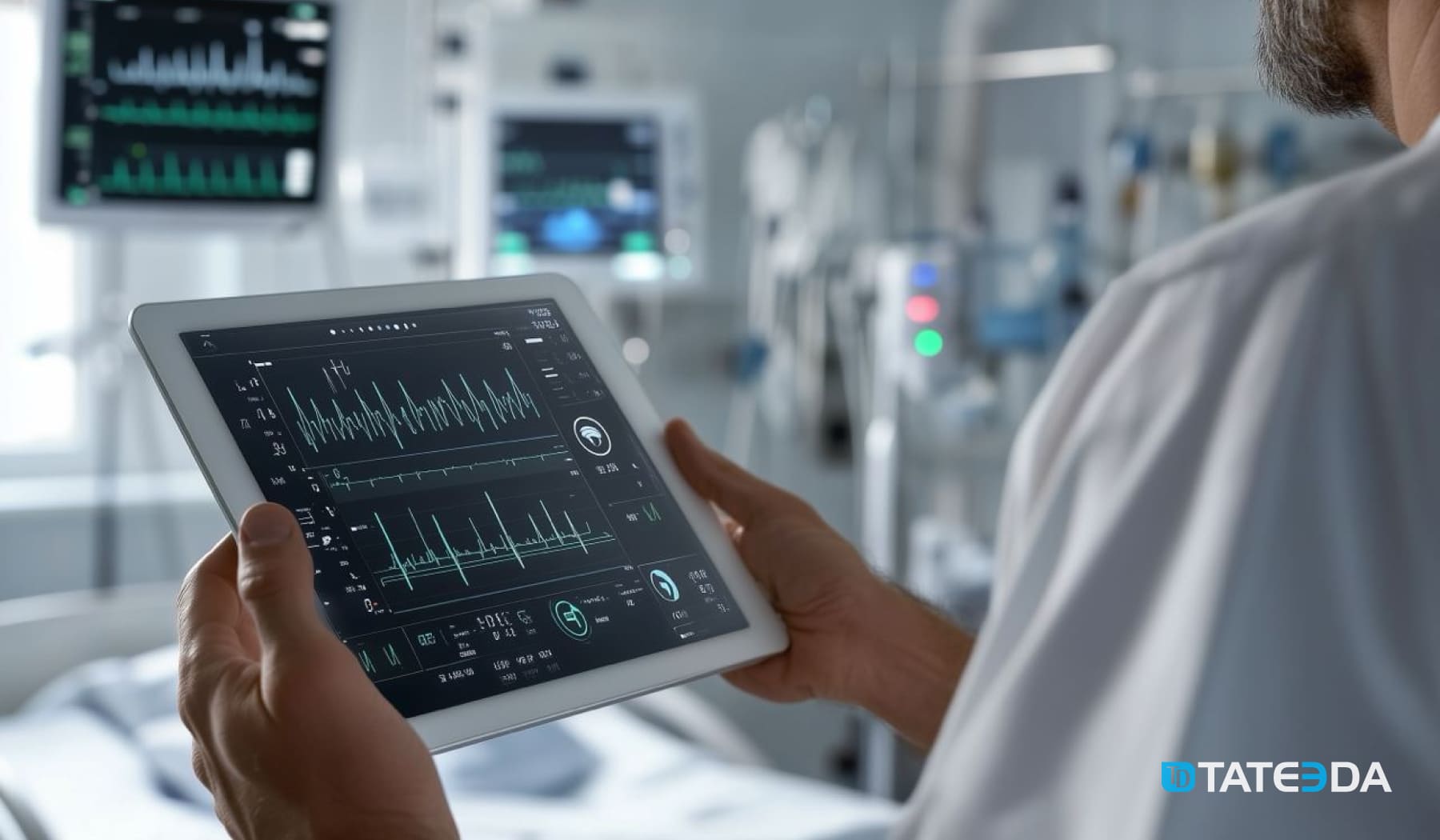Learn the Difference Between Software vs Application

The terms software and application are often used interchangeably by people with a limited comprehension of computer technology. Technically, applications are a form of software, but not all software is an application.
To make a more accurate distinction between the two, we can discuss them in terms of systems software vs application software.

Table of Contents
Systems Software
Before we delve into systems software, we should define hardware. Hardware is the actual nuts and bolts of your computer. It is the configuration of metal, glass and plastic that make up your screen, keyboard, outer shell and processor. You can feel it with your fingers, see it with your eyes and even taste it if you’re so inclined. But without software, even the most sleekly designed hardware is useless.
Systems software is what brings your computer to life. You can think of it as the brains of your computer that run the show. It controls the operational and processing functions of your computer. Systems software is made up of a set of files and programs that tell your hardware what to do. A program is a subset of software that provides instructions that tell your computer how to perform specific tasks.
Are You Looking for Software or App Development Services?
Since 2013, our company has helped medium-sized business owners create custom IT products at budget-friendly rates. Let’s talk if we can help you!
To illustrate this all more clearly, let’s look at the main categories of systems software:
- Operating system (OS) software: Your computer’s operating system is the foundation of its functionality. It serves as the primary intermediary between your hardware and you, the end user. Your OS makes it possible for applications and other programs to function on your device. The most popular computer operating systems that you may be familiar with are Apple iOS, Linux and Microsoft Windows.
- Device driver software: While operating system software is essential, it would not be able to perform without driver software. The driver empowers your computer to communicate with your OS, as well as with files, programs, connected components and external add-ons like your keyboard, mouse and printer.
- Firmware: Early on, the main difference between software and firmware was that firmware was pre-installed and permanently attached to hardware. It could not be upgraded without replacing a hardware component. Today, firmware is considered to be a low-level type of software. It still comes pre-installed on your hardware components, but it can be upgraded. Its job is to give instructions for components like your keyboard or hard drive to communicate with other components and perform basic functions.
- Compiler software: Coding is a part of the software development process that uses a programming language to tell your computer what to do. A compiler translates high-level programming source code entered by a developer into lower-level machine code, to create a program your device can execute.
- Utility software: Utility software supports your computer’s infrastructure, ensuring that your components and applications function as intended. Types of utility software include data security software, anti-virus software, application launch software and a multitude of other utilities that support your system.

Read also: Guide about medical appointment scheduling software development.
Applications Software
For the ordinary user, applications software is where the magic happens. It is designed to perform specific tasks to benefit individuals, organizations and businesses. Some applications software is quite generic, providing basic functionality to a broad base of users. Generic applications software includes programs like databases, word processing, spreadsheets, email servers and other types of programs that are accessed by the masses.
Custom applications software, on the other hand, is more specific, catering to a narrower consumer base, but providing more definitive results. It is usually developed for a particular user or organization, based on the client’s unique requirements.
Do You Want to Build a Custom Mobile App?
Our team can plan, develop, and test a swift, optimized, and cost-efficient application for smartphones and tablets.
Custom applications software can be designed for an organization’s in-house use via the company’s intranet, or it can be a web application that requires an Internet connection to operate.
Types of custom business software applications include:
- Process automation software: Business processes are increasingly being automated to relieve employees from having to manually handle tedious and repetitive tasks. Automation increases workplace efficiency and reduces human error. Applications for process automation software include payroll, accounting, sales, human resources, finance and an ever-growing number of other applications that save businesses time and money.
- Staff management software streamlines HR processes by enabling efficient tracking of team time, billing, and KPI monitoring. It also assists in performance assessments and the calculation of compensation and benefits. A specific application of this software is in custom medical personnel management systems. These systems are tailored for healthcare settings, helping managers oversee the tasks and schedules of nurses, doctors, and other medical staff to enhance operational efficiency and patient care coordination.
- Customer relations management software (CRM): A CRM system helps your business keep track of customers, prospects, referrals, vendors and other companies you do business with. This can be a healthcare practice CRM system that helps health organizations analyze and build win-win relations with their patients.
- Content management system software (CMS): A CMS keeps your website current with new and updated content, to keep your customers and site visitors engaged, and to attract the attention of search engines for higher ranking in search results.
- Customer/Company Portal: A portal is a website that allows employees, customers or both to access information, conduct transactions, set appointments, and perform other tasks on a self-service basis. An example would be a patient portal where you can access your medical records, pay your bill, or leave a message for your doctor.
- Membership Software: Subscription services are on the rise, from dating and fitness websites to food, entertainment, and more. Memberships provide a steady stream of monthly income from dues or fees that are electronically debited from the member’s account.
- E-commerce Software: Whether you sell goods, services, or information, people expect to find it online and have it quickly delivered, physically or electronically, to their home, office, or computer. E-commerce software handles everything for your customers, from shopping to payment and delivery, with just a few clicks.
- Paperless office software: In the past, businesses were forced to deal with reams of paperwork that had to be manually filed and stored indefinitely. Today, paperless systems liberate companies from untidy and tedious paperwork by enabling their employees and customers to access, view, edit, collaborate, sign, and file documents without a single paper cut.
Custom software can also be industry-specific, geared to industries like medicine, shipping, education, accounting, and countless other industries whose processes and business interactions are unique to their trade.

Read also: How to develop custom medical staff management software.
App vs Application
The distinction between an app and an application is a somewhat blurry line. The term App is an abbreviation that describes a type of application software that performs a single function. Application software, by contrast, is usually designed to tackle multiple tasks.
A further distinction can be made between desktop and web-based application software, and mobile application software which is built using popular mobile Android app frameworks. Desktop and web applications often have broader functionality, although web applications can still perform on mobile devices.
Mobile applications are generally more user-specific. They are usually delivered via the app store associated with your device’s OS, most often iPhone or Android. Mobile apps can be delivered to your desktop, but they are designed specifically for use on mobile devices.
Business Software Solutions from TATEEDA
If you want your business to grow and prosper, you cannot afford to use outdated processes and old-school approaches. Whether you are a fledgling startup hoping to gain market traction or a well-established company that needs to update your systems, TATEEDA can help you with its custom software development services in San Diego.
We are a company headquartered in San Diego California, with R&D resources located in Ukraine, Poland, Brazil, Mexico, and other nearshore LATAM countries has a custom software solution to meet your specific needs. Contact us today, and let Tateeda design a unique solution that meets your business needs and fits your budget.








